SPF Roofing Installation involves different procedures based on the existing roof structure. It is essential to be familiar with all state and local building codes to ensure the appropriate materials and processes meet the requirements in your area.
Roof Surface Preparation
Proper substrate preparation and professional application of the foam and elastomeric coating are critical to achieving a successful SPF roofing application. SPF requires a clean, dry surface, free of contaminants, for proper application and adhesion. A re-roofing application often involves removing some or all of the existing roof system to provide a clean surface to apply the SPF. Existing SPF systems must be cleaned, primed, and recoated every 10-15 years. A quality SPF roof could last up to 50 years or more if the roof has been appropriately maintained.
Once the surface has been adequately prepared for SPF application, the “A” and “B” components (isocyanate and polyol resin) are pumped from separate 55-gallon drums into a specially designed proportioning machine. The materials are heated to a specific process temperature and proportioned to the correct ratio. The two liquid materials are kept separate until they pass through the machine, through the heated hoses, and out to the gun, where they are finally mixed and sprayed onto the substrate. The SPF is applied to a specific thickness defined by the specification. SPF typically applies in ½-inch to 1-inch layers, or “passes.” Roof specifications or sloping designs that require more foam are used in multiple passes. The SPF is sprayed as a liquid, quickly rises in seconds, and can be walked on in minutes.
Application
Spraying foam requires a great deal of training and experience to ensure proper mixing of the foam while maintaining a high level of productivity and quality of artistry. Several companies in the industry provide this training to new and intermediate contractors.
Proper weather planning is also a must. Although many systems are available to meet the various climate conditions, like most other roof systems, SPF cannot be applied onto a wet substrate, or adhesion will be jeopardized, and the potential for failure is almost definite. Be sure to check your weather forecast for rain before starting the job.
